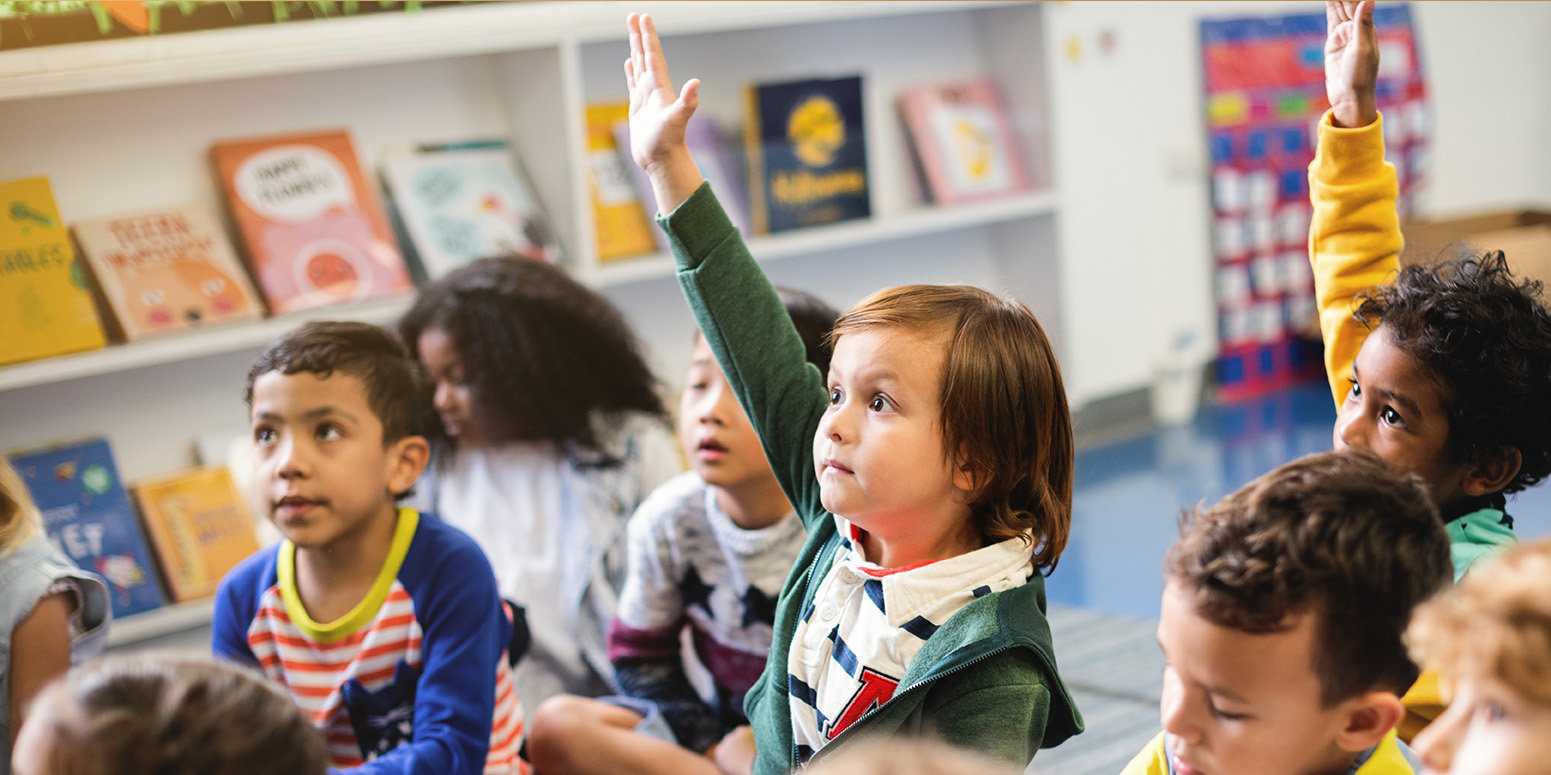
15 days to success: a practical back-to-school guide for EFL teachers
Starting the school year with confidence is not about perfection, it’s about planning. Whether you teach preschoolers or high school students, the first two weeks are crucial for setting the tone, building routines, and assessing where your learners are.
This guide offers a flexible 15-day plan with activities for EFL teachers working with Spanish-speaking students. Grounded in proven methodologies like TPR, storytelling, and communicative language teaching, these ideas aim to ease your transition into the new school year while supporting meaningful learning from day one.
Week 1 and week 2: what to expect from this guide
This 15-day plan is divided into two sections, each with a distinct purpose and structure based on how classroom dynamics typically evolve at the start of a new school year.
Week 1: day-by-day guidance
The first week is presented one day at a time because it is foundational. These early days are essential for establishing classroom culture, building emotional safety, introducing routines, and getting to know your students’ language levels. Every moment matters, so the guide offers specific, structured activities for each of the first five days to help teachers set up a strong, supportive environment.
Week 2: flexible blocks of time
Starting in week two, once routines are in place and you have a better sense of your group, the plan shifts to grouped day ranges (e.g., days 6–7 or 8–9). This format reflects how classroom activities become more fluid, integrated, and often span multiple sessions. You’ll find mini-projects, collaborative tasks, and light curriculum integration, all designed to give you structure without limiting your flexibility. Teachers can adapt these blocks to their schedules, whether they see students daily or on a rotating basis.
Week 1: build community, set expectations and get to know your learners.
Day 1: icebreakers with a purpose
Preschool and primary
- Activity: Sticker Name Game – Students decorate their name tags with personal icons (e.g., favorite food, color, animal).
- Follow-up: Read Our Class is a Family to spark a class discussion about kindness and respect.
Secondary / upper secondary
- Activity: Find someone who… bingo – Use prompts like “has a pet”, “likes chocolate”, or “plays soccer”.
Tip: Keep it in English with visuals or sentence starters.
Day 2: classroom routines and expectations
Create a “classroom agreement” together. Use open prompts like:
- “In our class, we always…”
- “We never…”
Pair this with visual routines, start-of-class signals, clean-up timers, or language ladders.
Day 3: initial language assessment
Primary
- Draw and tell: Ask students to draw their favorite day and describe it in simple sentences.
Secondary / upper secondary
- Mini dictogloss: Read a short paragraph twice. Students reconstruct it in pairs.
This reveals grammar, vocabulary, and listening comprehension levels.

Day 4: vocabulary foundations
Build a word wall together with must-know classroom words (verbs, materials, feelings).
Reinforce with TPR actions:
- “Point to the door.”
- “Clap twice.”
- “Show me ‘happy’.”
Day 5: personal expression
Use identity-based activities to build emotional connection:
- Me box: Students bring 3 objects to share.
- All about me poster: Simple writing prompts with drawings or cutouts.
Week 2: practice, collaborate, and begin core learning.
Day 6–7: collaborative communication
Elementary
- “I have, who has” using classroom or color vocabulary.
Secondary / upper secondary
- Simple role plays: “At the store”, “Meeting a friend”
Use sentence starters and props to ease participation.
Day 8–9: intro to storytelling and project work
All levels
- Mini book project:
Students write a 4–6 sentence book:
Page 1: “This is me.”
Page 2: “I like…”
Page 3: “I can…”
Support with visual templates or shared modeling.
Day 10: group presentation
Group students to create a team poster with:
- Team name
- Shared interests
- A simple slogan in English
Let each team present in 1–2 minutes. This builds speaking confidence without pressure.
Days 11–15: begin curriculum and light assessment
You’ve built trust, routines, and assessed their starting point. Now’s the time to begin introducing curricular content while keeping the learning active and low-stress.
Ideas for this stage:
- Shared reading of simple stories
- Guided writing: “My school day” / “My dream weekend”
- Light assessments through:
- Pictionary
- Oral quizzes
- Group Kahoot sessions
Wrap up this period with a reflection prompt:
“What did I learn this week?”
“What do I want to learn next?”
Final tips for teachers
- Recycle routines daily. Predictability supports confidence.
- Celebrate every success. Even “I like pizza” is a win in Week 1.
- Balance structure and flexibility. Every group has its own rhythm, so observe and adapt.

References:
- Asher, J. J. (2012). Learning another language through actions (7th ed.). Sky Oaks Productions.
- Brown, H. D. (2014). Principles of language learning and teaching (6th ed.). Pearson Education.
- Harmer, J. (2015). The practice of English language teaching (5th ed.). Pearson Longman.



